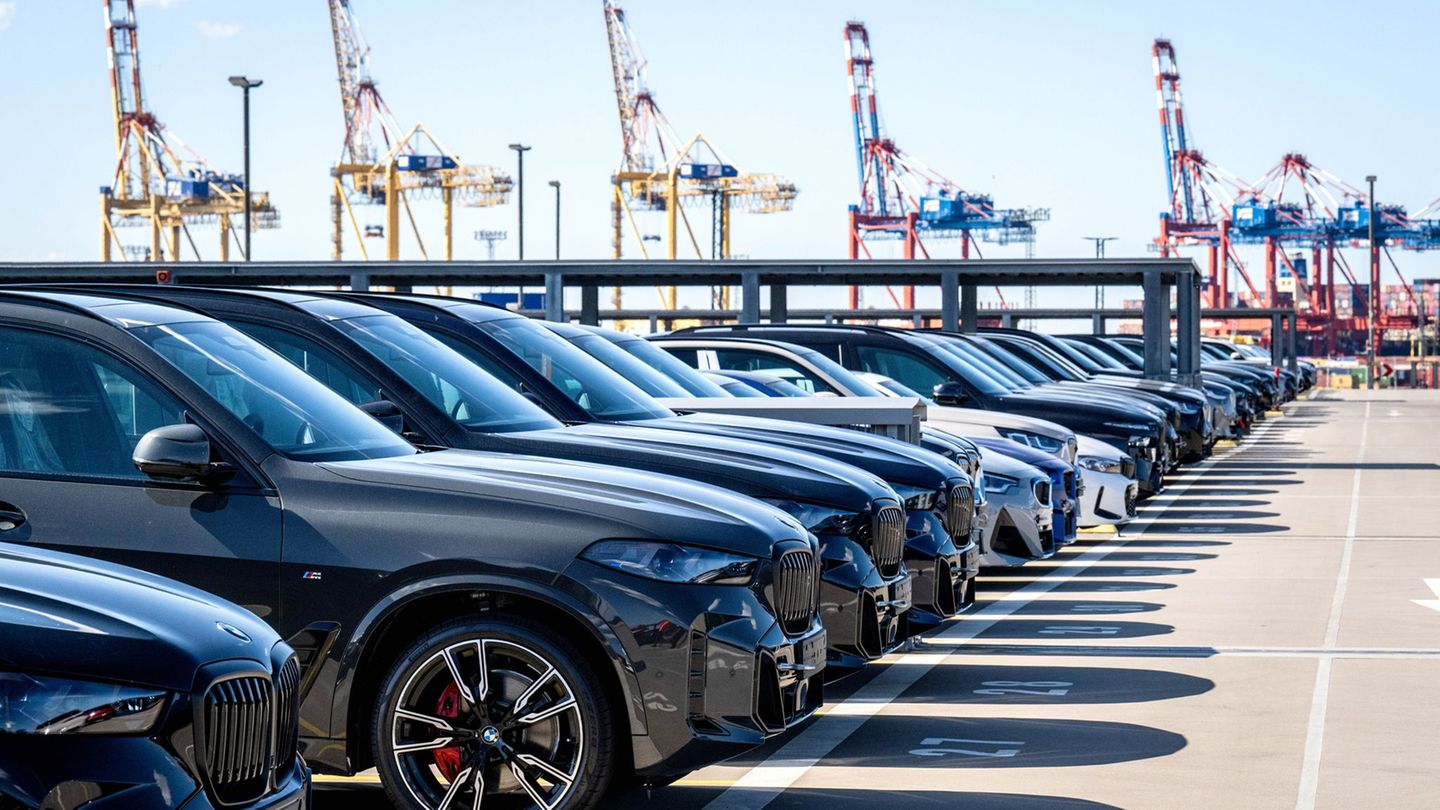Ten years after its introduction, the emergency lane is now a matter of course for drivers in Austria. This is also confirmed by an IFES survey of 950 motorway users and 50 drivers from emergency services commissioned by Asfinag.
For nine out of ten drivers, the formation of the emergency lane has become “a matter of course”. Three-quarters of the emergency services said that they could get to the scene of the accident faster thanks to the emergency lane. The time saving is estimated at about two minutes.
28 percent have a need for information
The knowledge of how to form it is good, but can still be expanded after ten years. At least 14 percent failed when asked how an emergency lane should be formed in the case of a two-lane road, and 28 percent didn’t know when there was a three-lane road. “The most important thing is that the emergency services are faster at the scene of the accident than was the case when using the emergency lane,” says Asfinag CEO Hartwig Hufnagl. In order to refresh the knowledge about the rescue alley, Asfinag starts the campaign “Your Life Saving Alley”. Emotional messages will draw attention to correct education starting in April. “Solidarity with accident victims is crucial, because accident victims cannot wait. We want to remind people of that with our campaign,” says Asfinag board member Josef Fiala. The call for a rescue lane information campaign was particularly loud among emergency services. “If we are a minute or two faster with our patients, that doesn’t sound like much,” says Gerry Foitik, Federal Rescue Commander Red Cross: “But hold your breath for a minute, then you know this minute can be crucial.”
Test your knowledge of the rescue lane at asfinag.at
Source: Nachrichten




